India launches rocket to observe sun days after historic moon landing
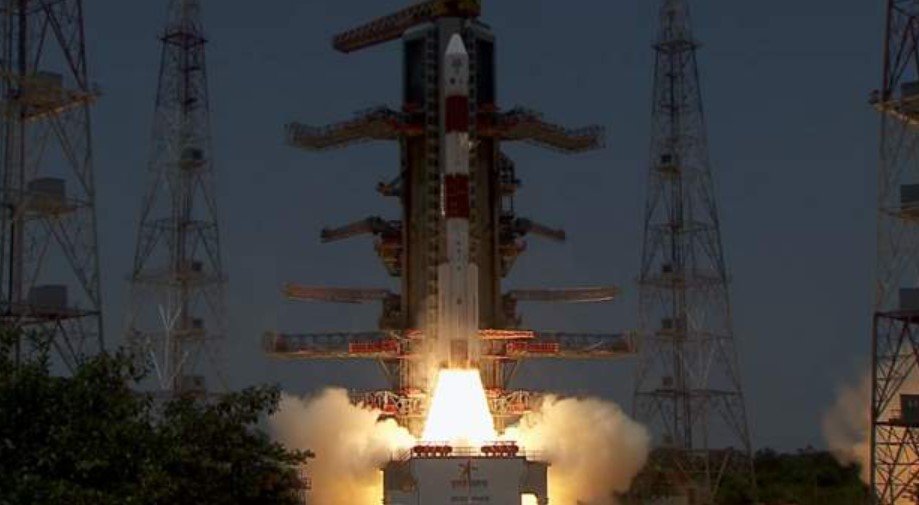
Sep 2: India has launched a rocket to study the sun, a little over a week after its successful unmanned landing on the moon.
The Aditya-L1 rocket, carrying scientific instruments to observe the sun’s outermost layers, blasted off at 11:50 am (06:20 GMT) on Saturday for its four-month journey.
The rocket left a trail of smoke and fire as scientists clapped, a live broadcast on the Indian Space Research Organisation’s (ISRO) website showed.
The broadcast was watched by nearly 500,000 viewers, while thousands gathered at a viewing gallery near the launch site to see the lift-off of the probe, which will aim to study solar winds, which can cause disturbance on earth commonly seen as auroras.
The mission aims to shed light on the dynamics of several solar phenomena by imaging and measuring particles in the sun’s upper atmosphere.
According to ISRO, the spacecraft is carrying “seven scientific payloads for systematic study of the sun”, all of which were indigenously developed in collaborations between India’s space agency and scientific institutes.
The United States and the European Space Agency (ESA) have sent numerous probes to the centre of the solar system, beginning with NASA’s Pioneer programme in the 1960s.
But if the latest mission by the ISRO is successful, it will be the first probe by any Asian nation to be placed in solar orbit.
“It’s a challenging mission for India,” astrophysicist Somak Raychaudhury told broadcaster NDTV on Friday.
Raychaudhury said the mission probe would study coronal mass ejections, a periodic phenomenon that sees huge discharges of plasma and magnetic energy from the sun’s atmosphere.
These bursts are so powerful they can reach the Earth and potentially disrupt the operations of satellites.
Aditya will help predict the phenomenon “and alert everybody so that satellites can shut down their power”, he said.
“It will also help us understand how these things happen, and in the future, we might not need a warning system out there.”
Aditya – the name of the Hindu sun deity – will travel 1.5 million km (930,000 miles) to reach its destination. It is travelling on the ISRO-designed, 320-tonne PSLV XL rocket that has been a mainstay of the Indian space programme, powering earlier launches to the moon and Mars.
India has been steadily matching the achievements of established spacefaring powers at a fraction of their cost.
India’s successful landing on the surface of the moon – a feat previously achieved only by Russia, the US and China – was achieved at a cost of less than $75m.
(Al Jazeera)


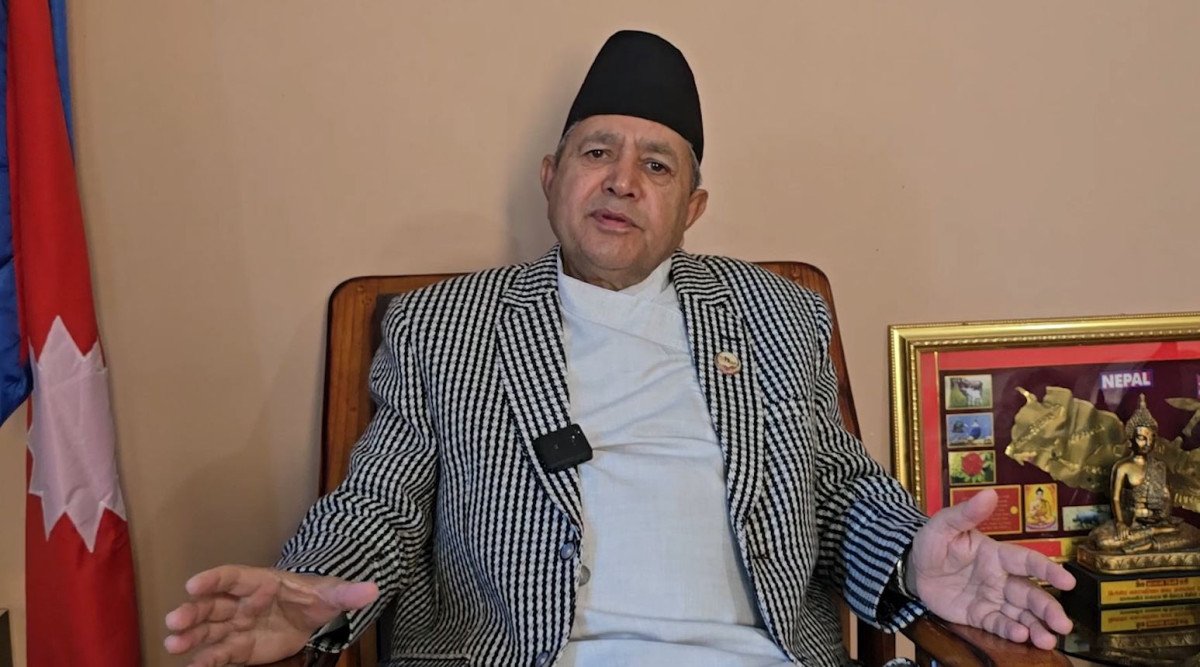
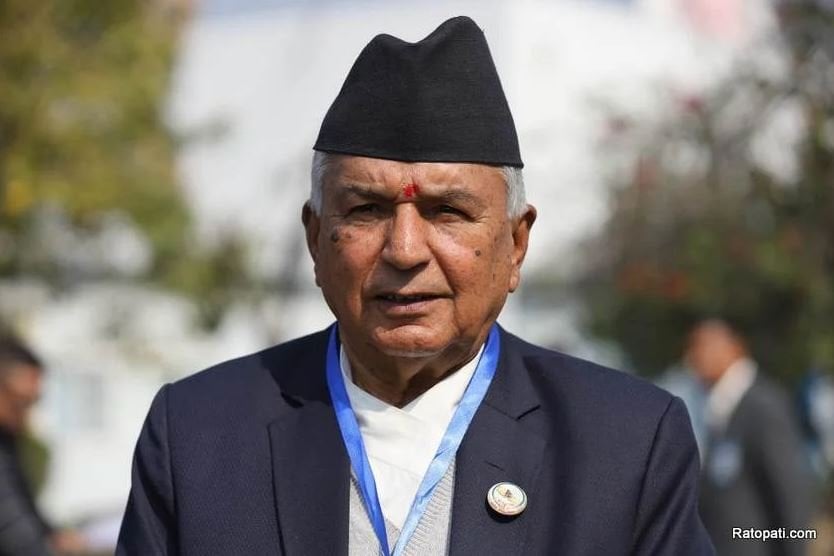



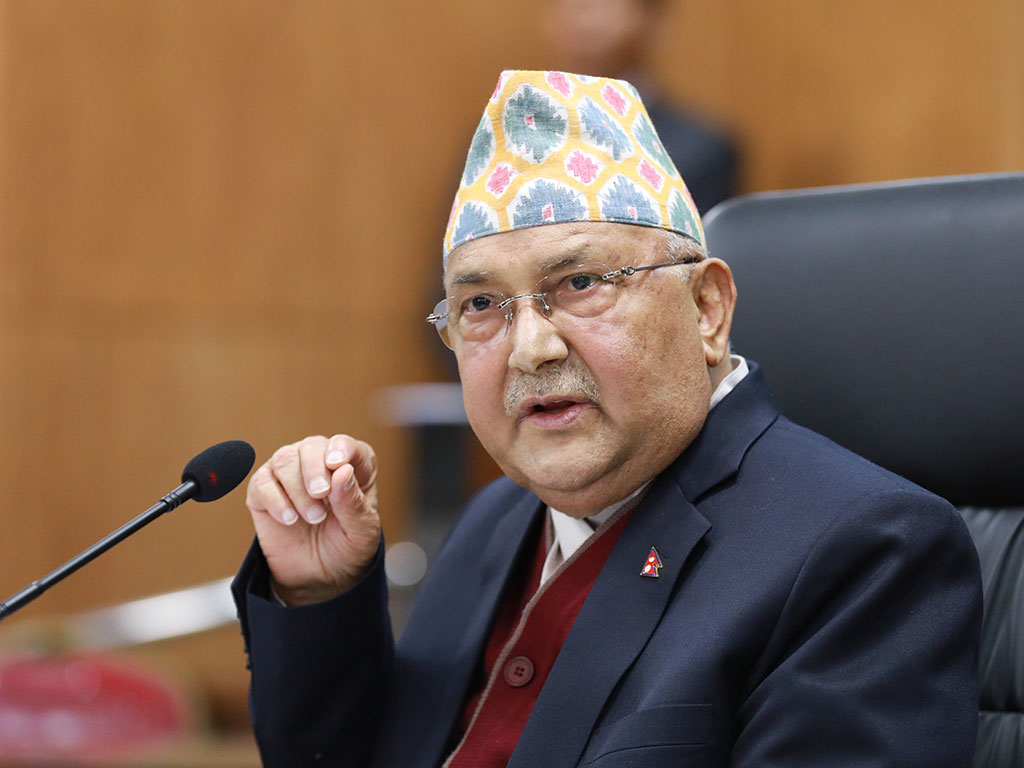
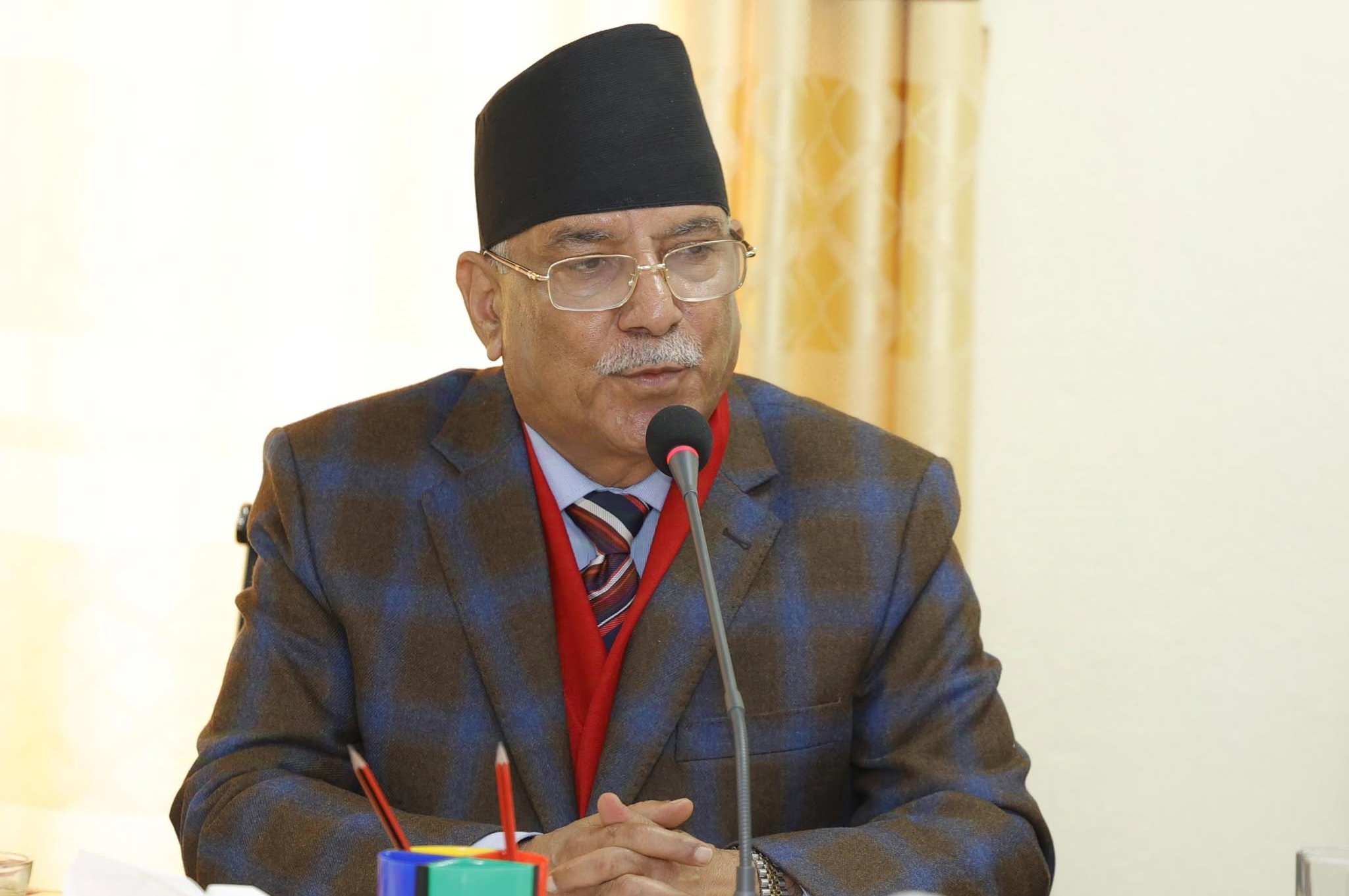
Leave Comment